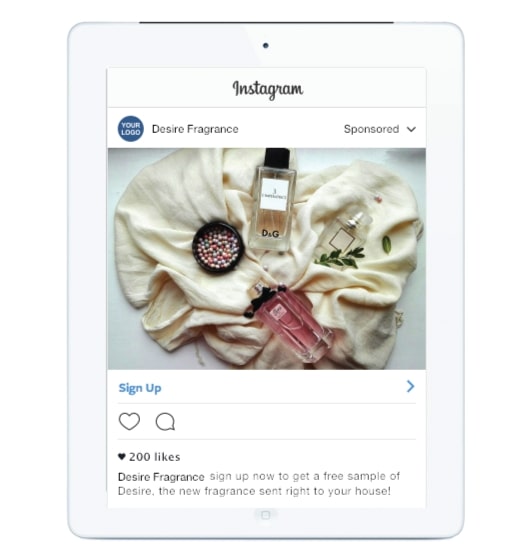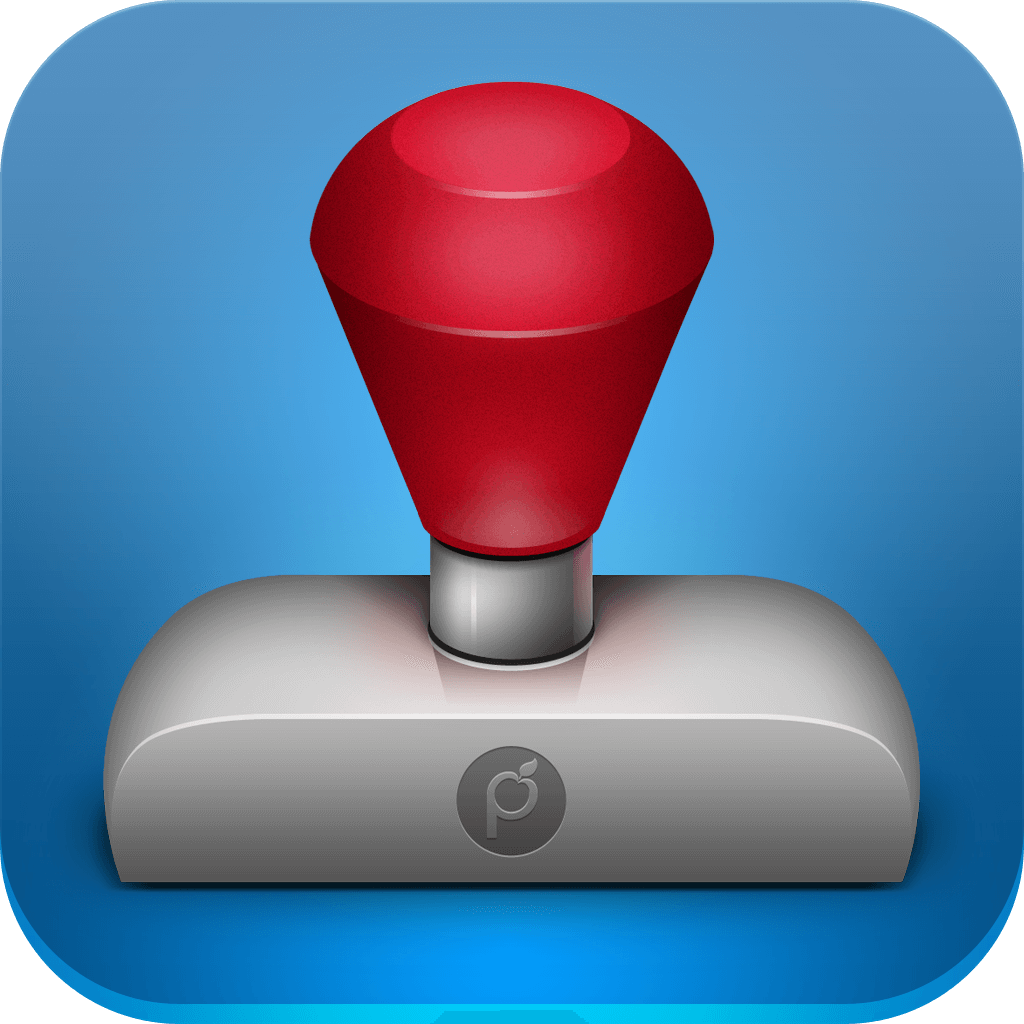
It's possible to wonder how to calculate an impression cost for online advertising campaigns. This measurement tells you how many times your advertisement will be seen by potential buyers before you make a purchase. Cost per impression is how much an advertiser is charged for each time that their ad appears. It's possible to estimate how much it would cost you for that prospect buyer to become a customer and whether or no purchase will occur.
Advertising costs per click are a crucial metric to any ad campaign. They allow you to measure your ROI as well as how many leads your ads generate. If your goal is brand awareness, it is a good idea to calculate the cost per impression to measure your campaign's effectiveness. You multiply the cost for ad placement with the number of impressions to calculate this. Your cost per impression should not exceed the total money spent if you intend to place your advertisement on billboards in high traffic areas.

Impressions are often less expensive than clicks but they are more valuable to a business. Imagine an impression as someone walking past your storefront to take a look at the goods displayed. CPM campaigns can help get your brand's name out there but they don't necessarily translate into hard sales. CPC advertising is paid out based upon how many people click the advertisement and go into the store.
A good way to find out the cost per impression for an ad is to see how often it appears. Find sites that offer high click through rates and low cost per image. You can save over $800 per impression if you know how many clicks will be generated each month. A great way to raise brand awareness is by paying per impression. By buying fewer ads, you can lower the cost of each click.
CPC ads, which are cheaper per click (PPC), have higher prices than CPC. Although both cost per Click ads are the same, CPC ads have much higher clickthrough rates. For a $10 CPC campaign, ten clicks are expected for every thousand impressions. So while the CPC ad costs more, it's still more effective. If the cost per click is lower, it's worth spending your money on.

Advertising cost per view (CPI), which is a measure of the brand image that a website represents, is more popular than smaller websites. This approach is very similar to the way advertisements are sold in print. Advertisers pay a set amount for the right of their ads to appear on the website. Website's ad servers monitor the impressions and change the display rate every other month or quarterly to match advertiser spend.
Ads on social media platforms, such as Facebook, Twitter, and YouTube, have high CPMs. Pay-per-click marketers pay to be placed at the top of search engine results pages (SERP) and other digital platforms. Pay-per-click advertising is a great way to increase sales and attract new customers. Understanding the buzzwords involved in a pay-per–click campaign is the first thing to do. Before you set your campaign budget, make sure to understand the meaning and how they work.
FAQ
How many hours per week should I spend on content marketing?
It all depends on your circumstances. Content marketing may not require you to spend much time. However, if you want to drive traffic to your site you will likely need to dedicate at least one hour per day.
What is the role of a content strategist?
Content strategists can help understand what people search on the Internet. They optimize your site for search engines and help you rank well. They also create content to be used on social media sites like Facebook, Twitter and others. And they write copy for websites, blogs, and advertisements.
A content strategist is a member of a marketing team that helps organize an online strategy for a company. Content strategists work well in teams, but can also work independently.
What is content marketing?
Content Marketing works because you produce valuable, engaging content that provides value.
When you provide helpful information, solve problems, entertain, or engage your audience, you build relationships with them. Positive messages from trusted brands are more popular than negative ones.
People enjoy reading things that interest them. When you create something that interests them, your readers will return for more.
Your content should inspire people to act - whether they are buying your product, signing on for your newsletter, visiting you website, or sharing your article via Social Media.
Effective content marketing starts with compelling copy that is engaging your target market and gives them the information they need.
Is Content Marketing right for me?
Absolutely! Any type of business can benefit from content marketing. Content marketing is great for any business, no matter if you are selling products or services, providing support or training. It allows customers to learn more about your company and keep in touch.
How do I create engaging content?
It is important to find topics that you are passionate about in order to create great content. To be a successful writer, you must choose topics that are important to you. This is about finding your passion and then sharing it with others. It's one thing to write for yourself, but it's much easier to write for others.
How long should my Content Marketing last?
All depends on your objectives. Some businesses only want short-term success, while others aim for long-term development. We recommend three months of consistent content generation and then reevaluating the process after that period.
Statistics
- This marketing strategy landed Ford a 15.4% conversion rate. (neilpatel.com)
- According to the Content Marketing Institute, 70% of B2B marketers and 86% of B2C marketers surveyed use content marketing in some form or other. (criteo.com)
- Forty-seven percent of buyers view 3 to 5 pieces of content before engaging with a sales representative. (mailchimp.com)
- According to research compiled by Coschedule: Companies that publish 16+ blog posts a month get as much as 3.5x as much traffic as those that publish 0-4 posts a month. (criteo.com)
- Seventy-two percent business to business (B2B) (mailchimp.com)
- Companies that use content marketing see approximately 30% higher growth rates than businesses not using it. (mailchimp.com)
- An example of an overarching goal could be: "In 2022, we want to achieve a 20% increase in revenue created by organic content and generate 15,000 MQLs with a budget of $30,000." (semrush.com)
- According to our research, brand awareness, attracting traffic, and generating leads remain the key content marketing goals in 2022. (semrush.com)
External Links
How To
Content Marketing Tips: Infographic Creation Tips
Infographics are one of the most effective ways to explain complex concepts simply, making information easy to understand. Infographics can be used to communicate your message.
To create an infographic, you will need to use design software like Adobe Illustrator or Photoshop. These programs can be used for drawing out shapes and elements to represent data. After that, you can add fonts and colors to make it look professional. After your design is complete, you can upload images from Unsplash and Pixabay to your design.
Check out existing infographics online to get some ideas. To show how many calories certain foods have, you can use a picture of a pyramid to illustrate this. You could also replace the numbers with images of the food. Another option is to take a picture of a can of Coke and look at how much sugar it contains.
Once you've created your infographic, share it on social media channels like Facebook or Twitter. This makes it easy for people unfamiliar with the concept to learn. Use hashtags to let others know what infographic you are sharing on social media. Hashtags enable users to follow along in conversations related to specific topics.
Try to make your infographic posts shorter than you normally would if you create one. An average blog post will be between 2000 and 5000 words. An infographic, however, only needs 500 to 1000 words. You can communicate more information in less space.
Remember that not all viewers can read small font sizes when designing an infographic. Your graphics should be large enough in font size and not rely on too much color. It is important that all text is legible.
Here are some additional tips :
-
Use an infographic template. There are many online templates that you can download or print. Canva and Piktochart are some of the most popular.
-
Create your Infographic. You can use the template to create your infographic. You can use whatever media is most appropriate for your audience. An example of this is a infographic that shows the best restaurants in Seattle.
-
Add Text. Add text to your infographic once you have it created. You can use Microsoft Word, PowerPoint or Canva to add text.
-
Add images. Add images to an infographic. You can add images to your infographic. Make sure the picture is relevant to your topic before you add it.
-
Make it interactive. You can add interactive elements such as buttons, maps, and links. This will engage your audience.
-
Share. Share the infographic once you're done.
-
Measure. Your infographic's performance. Did people click through? Did they signup for your mailing list? What was their reaction to your infographic?
-
Improve. Are there ways you could improve your infographic? What could you do better next year?
-
Repeat. Do it again.